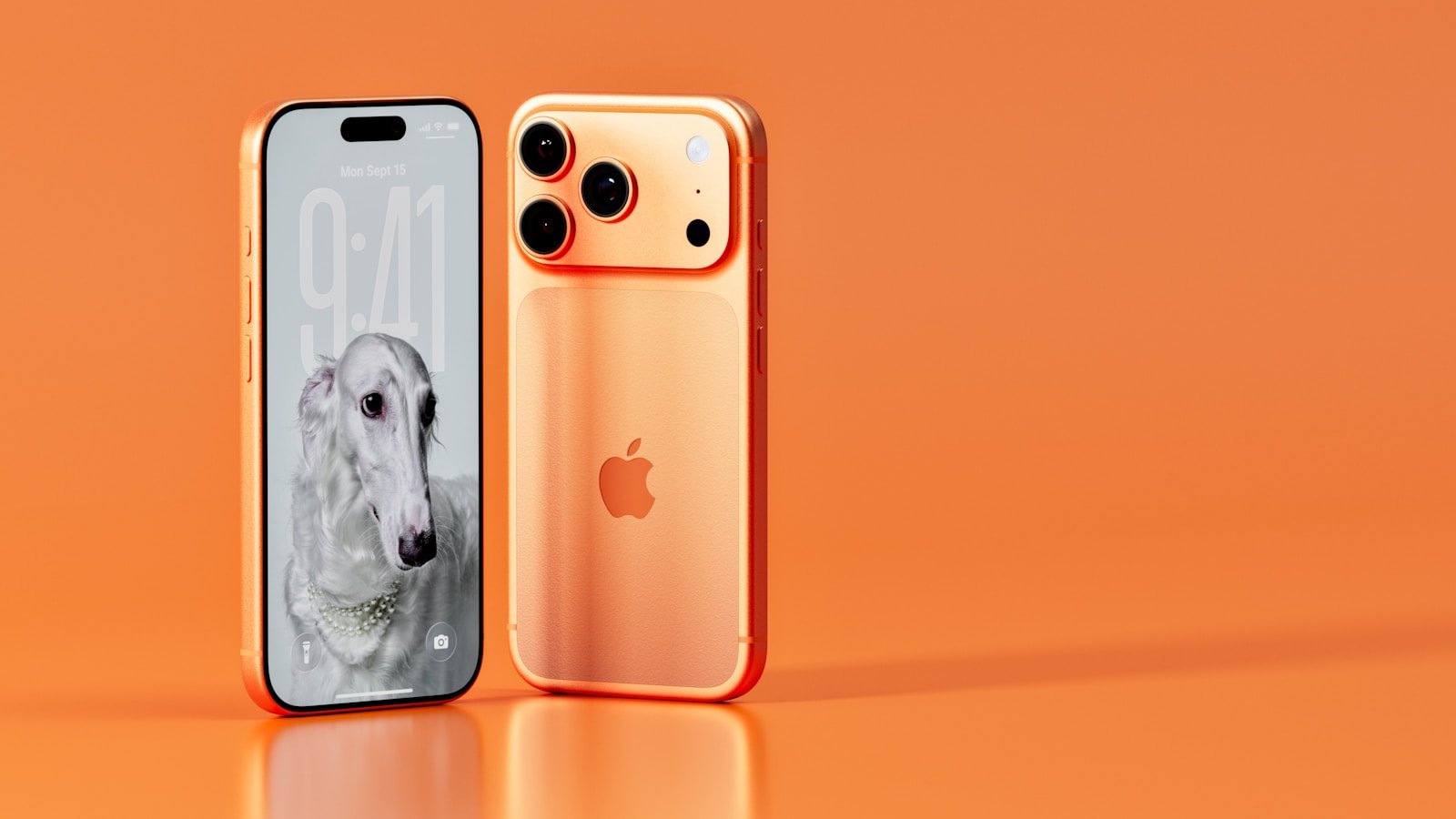Apple’s iPhone 17 series has just landed, but attention is already shifting toward what’s next. 2026 is shaping up to be a pivotal year for the iPhone, with Apple reportedly adjusting its release cadence and preparing some of its boldest hardware changes yet.
No Standard iPhone 18 in 2026
According to multiple reports, Apple will delay the base iPhone 18 model until spring 2027, breaking from its long tradition of annual fall launches (source: MacRumors). This means consumers won’t see a direct successor to the iPhone 17 or iPhone 17 Air in 2026. Instead, Apple is focusing on the Pro lineup and possibly new form factors.
iPhone 18 Pro and Pro Max Still on Track
The iPhone 18 Pro and iPhone 18 Pro Max are still expected to debut in fall 2026, keeping Apple’s premium cycle intact (source: MacRumors). Early rumors suggest:
- Next-gen chip (likely A20 Pro) with improved AI and efficiency.
- Camera upgrades, possibly with periscope zoom improvements across both Pro models.
- Thinner bezels and refinements to the titanium design introduced in the iPhone 17 Pro series.
Possible New iPhone Category
2026 could also mark the year Apple introduces something entirely new. Analysts and leakers have hinted at a foldable iPhone or a new “Ultra” tier device sitting above the Pro Max (source: Mashable). If true, this would be Apple’s most significant expansion of the iPhone family in years.
The iPhone 17e in 2026
While the standard iPhone 18 may be delayed, Apple is still expected to release an iPhone 17e in 2026, positioned as a more affordable option. This would give Apple a way to refresh its mid-range lineup without disrupting its new staggered cadence (source: MacRumors).
What This Means for Buyers
- If you want the latest tech: The iPhone 18 Pro series in fall 2026 will be the flagship choice.
- If you’re budget-conscious: The iPhone 17e could be the sweet spot, balancing price and performance.
- If you’re adventurous: Keep an eye out for Apple’s rumored foldable or “Ultra” iPhone.
Final Thoughts
2026 will be a transition year for Apple’s iPhone strategy. By staggering releases, Apple can spread out demand, focus on innovation at the high end, and give entry-level models longer lifecycles. For consumers, that means more choice—and potentially more patience required—when planning the next upgrade.
A Look Back At iPhone 11 Series
In 2019, Apple expanded its iPhone lineup with new models: the iPhone 11, iPhone 11 Pro, and iPhone 11 Pro Max. These devices marked a significant step in smartphone development, showcasing Apple’s dedication to both performance and design. The iPhone 11 served as the affordable option with key attractions, while the iPhone 11 Pro and Pro Max delivered advanced features for users seeking top-tier capabilities.
The iPhone 11 family boasted improved build quality and aesthetics, reflecting Apple’s commitment to refined design. This range introduced a robust glass body and a variety of colors, appealing to a wide user base. The Pro models featured a textured matte finish, setting them apart.
Enhancements in camera technology were at the forefront of the 2019 iPhone models. Apple included a new ultra-wide lens and a night mode for better low-light photography. The Pro versions took imaging further with a triple-camera system that allowed for professional-grade photography and video recording capabilities.
Key Takeaways
- The iPhone 11 series introduced new benchmarks in design and performance.
- Apple emphasized durability and aesthetic variety in the 2019 iPhone builds.
- Camera advancements made the newest iPhones stand out for mobile photography.
Design and Build Quality
The iPhone models of 2019 showcase an approach where durability meets a modern design aesthetic. With a focus on high-quality materials and a palette of new colors, these phones aim to balance style with longevity.
Materials and Durability
Apple’s 2019 iPhones, including the iPhone XR, iPhone XS, and iPhone XS Max, continue the use of glass and stainless steel in their construction. This combination not only provides a premium look and feel but also supports durability. The front and back glass design, complemented by a polished steel frame, gives the devices a solid build. iPhone 11 Pro Max, the pinnacle of the lineup, emphasizes high-grade materials that can withstand daily use. The whole range also features an IP68 rating, indicating a high level of water resistance, able to withstand immersion in water up to two meters deep for up to 30 minutes.
Color Variants and Finish
In 2019, Apple introduced exciting new colors for the iPhone XR, extending the choices to include yellow, white, and an impressive green hue, amongst others. The Pro models shine with a sophisticated matte finish that not only enhances their appearance but also offers better grip. This matte texture, along with the carefully selected colors, accentuates the refined polish characteristic of Apple’s design philosophy. The iPhone 11 Pro and Pro Max particularly stand out with their new midnight green color, a finish that complements the brushed steel sides and adds to the overall elegance of the design.
Camera System and Photography
The 2019 iPhone range ushered in significant enhancements in camera technology, particularly in the iPhone 11 Pro models. The new camera systems brought users a variety of advanced features, offering considerable improvements in photography and videography.
Advanced Camera Technologies
The iPhone 11 Pro and Pro Max introduced a triple-camera system with a 12MP ultra-wide lens, a wide camera, and a telephoto camera. This setup affords users the flexibility to capture images at various focal lengths. With an ultra-wide 120-degree field of view, photographers can embrace expansive landscapes. The wide camera supports capturing detailed shots even in low light conditions, thanks to its wider aperture. The telephoto lens excels in portrait photography, leveraging a shorter focal length for depth effects combined with Optical Image Stabilization (OIS) for sharp images.
Each camera is accompanied by Smart HDR, improving high dynamic range images. Night Mode enables shooting in near darkness without a flash. Apple also introduced Deep Fusion technology, using machine learning for pixel-by-pixel processing of photos, enhancing texture and details. Furthermore, Portrait Lighting allows for studio-quality lighting effects, and QuickTake lets users seamlessly switch to video recording without leaving photo mode.
Video Recording Capabilities
As for video, the iPhone 11 series offers users the highest-quality video recording in a smartphone at that time. All models support 4K video at up to 60 frames per second, delivering stunning clarity and smooth motion. The extended dynamic range adds detail in highlights and shadows. Slo-mo and time-lapse modes give creative opportunities for unique video effects. The dual-camera system of the iPhone 11 integrates OIS and supports 4K video as well, ensuring users can capture high-quality video content across the lineup.







